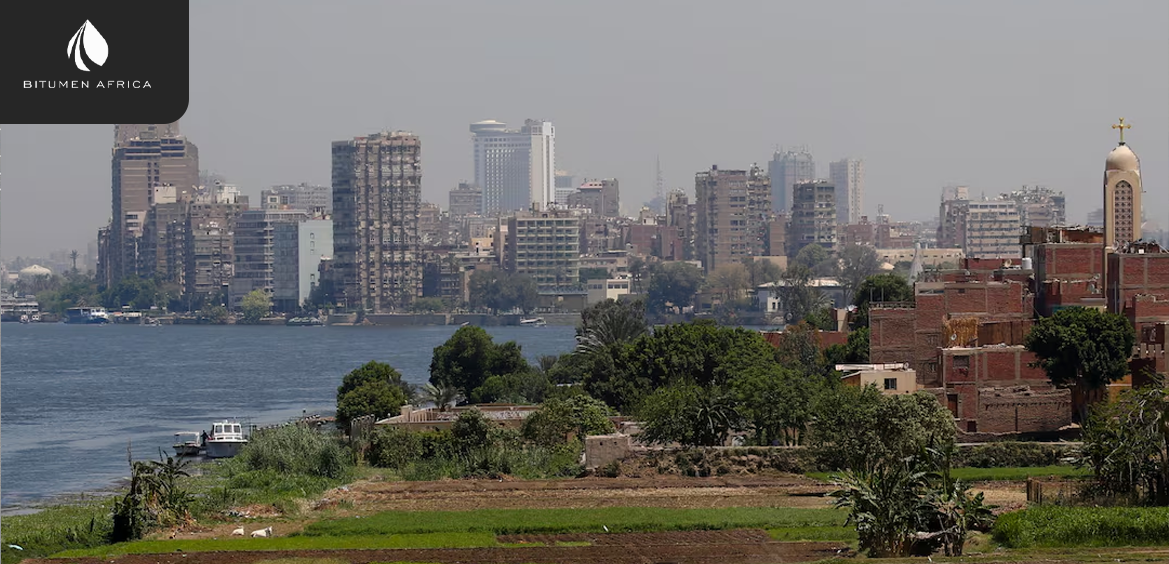Egypt has made significant progress in expanding its renewable energy capacity, aiming to bolster its energy security. By 2024, the country had reached 7.8 GW of installed renewable energy, with solar energy growing from just 35 MW in 2012 to nearly 2.6 GW. While hydropower has remained steady at 2.8 GW, wind and solar projects are rapidly advancing, including off-grid developments to improve rural energy access. These initiatives are essential as Egypt seeks to reduce its dependence on fossil fuels and address ongoing energy shortages.
The country’s energy crisis, exacerbated by underperformance at the Zohr offshore gas field, has prompted a shift toward a diversified energy mix. This transition has attracted international investment interest, with the government targeting over \$10 billion in private investments to reach 42% renewable energy in its mix by 2030. However, only \$4 billion has been secured so far. To close this gap, Egypt is offering attractive incentives such as tax breaks and free land, although improved investment policies may be necessary to meet its ambitious goals.
A significant policy shift came in May with Egypt’s adoption of a private-to-private (P2P) energy model, allowing four selected companies—Neptune Energy, AMEA Power, TAQA PV, and ENARA—to generate and sell electricity directly to industrial users. These projects, totaling 400 MW and \$388 million in investment, align with Egypt’s Electricity Law to open the power market to competition and enhance overall efficiency. At the same time, Egypt and Germany signed a \$138.7 million deal to develop wind power and technical education, including funding for ACWA Power’s 1.1 GW wind farms and training centres nationwide.
Additional international support came in July with over \$300 million from the UK’s British International Investment to help build the 1.1 GW Gulf of Suez Wind Farm and the Obelisk integrated solar and battery storage project. These large-scale developments will significantly reduce carbon emissions and improve energy reliability. Egypt's Obelisk project, part of its NWFE initiative launched at COP27, exemplifies its broader energy strategy, aiming to install 10 GW of renewable capacity and retire 5 GW of fossil fuel generation by 2030, marking a transformative shift toward sustainable energy.

